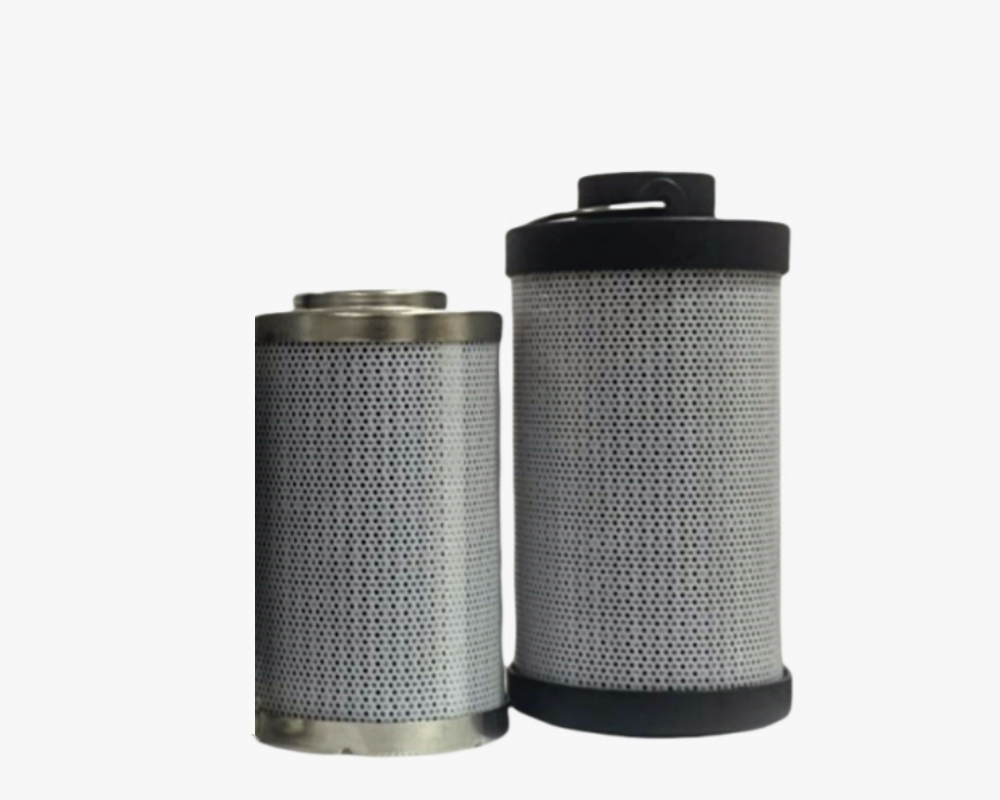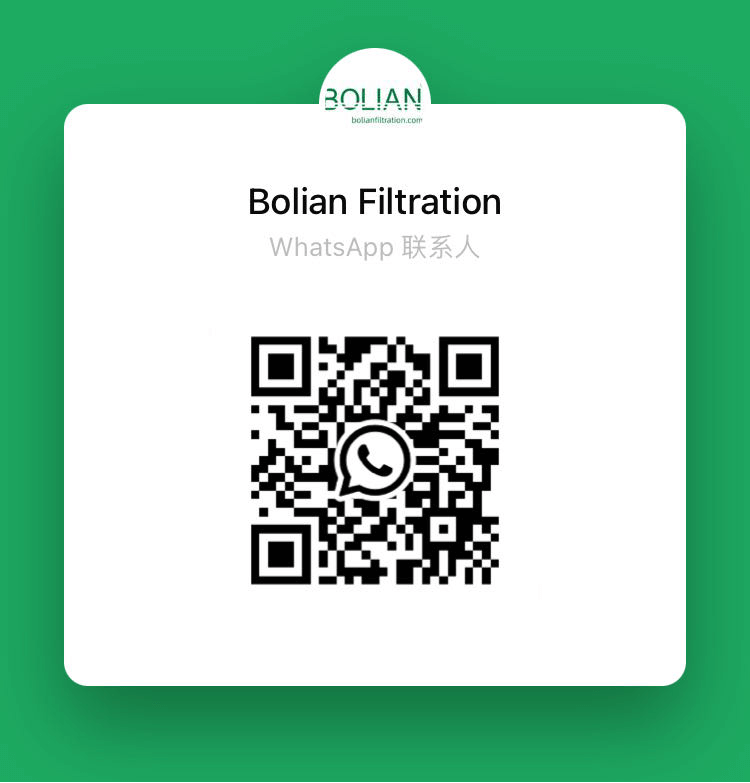The hydraulic filter element is one of the most critical filtration components in hydraulic systems, primarily used to remove particulate contaminants and colloidal deposits from hydraulic oil, ensuring the cleanliness and stable operation of hydraulic systems. High-quality hydraulic filter elements effectively extend the service life of hydraulic pumps, valves, and actuators, playing a vital role in ensuring the efficient operation of hydraulic equipment.
 Classification of Hydraulic Filter Elements
Classification of Hydraulic Filter Elements
Based on different installation positions and pressure ranges, hydraulic filter elements can be categorized into:
High-pressure filter elements
Medium-pressure filter elements
Return line filter elements
Suction filter elements
Application Fields of Hydraulic Filter Elements
Hydraulic filter elements are widely used in:
Metallurgical steel rolling production lines
Petrochemical industry equipment
Aerospace lubrication systems
Hydraulic device for construction machinery
Automotive manufacturing
Power equipment
Shipbuilding industry
Whether in heavy industry or high-precision equipment, hydraulic filter elements play a crucial role in ensuring system safety and stability.
Key Features of Hydraulic Filter Elements
Classified into high-pressure, medium-pressure, return line, and suction filter elements based on pressure range.
Provide high, medium, and low precision grades to meet diverse requirements.
Filter layers are folded into a pleated structure, reducing size while increasing filtration area.
Generally capable of withstanding a pressure difference of 0.35-0.4 MPa, with some special filter elements tolerating higher pressures.
Performance Requirements for Hydraulic Filter Elements
Structural Strength: Ability to withstand pressure differences, alternating loads, and installation forces during system operation.
Flow and Resistance Characteristics: Ensure smooth oil flow and reduce system energy consumption.
High-Temperature Resistance and Compatibility: Filter materials must withstand certain temperatures and be compatible with hydraulic oil and other media.
Filter Layer Stability: Fibers must not shift or detach to avoid secondary contamination.
High Dirt Holding Capacity: Extend filter element replacement cycles and improve equipment operational efficiency.
Cleanliness Standards: Filter elements must meet stringent cleanliness requirements before leaving the factory.
Conclusion
The hydraulic filter element is not only an indispensable filtration component in hydraulic systems but also a core factor ensuring the efficient and reliable operation of hydraulic equipment. As modern industry demands higher performance from hydraulic systems, high-quality hydraulic filter elements will play an increasingly important role in fields such as metallurgy, petrochemicals, aerospace, and engineering machinery.
 Bolian Filter Cloth
Bolian Filter Cloth

